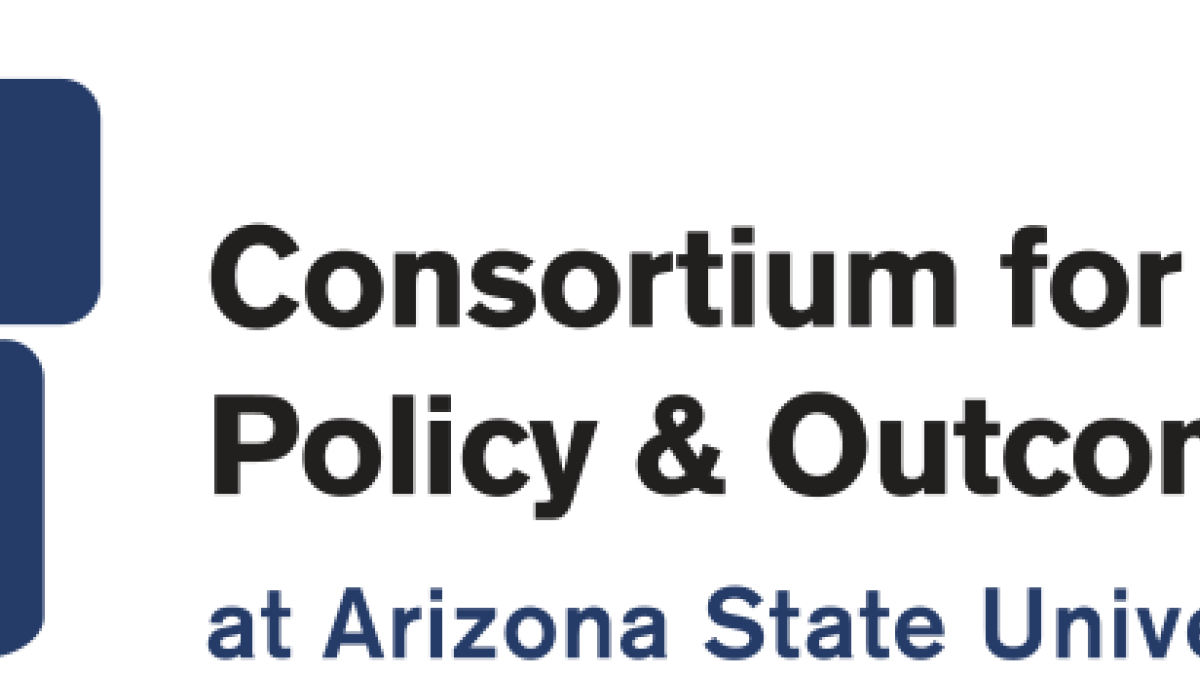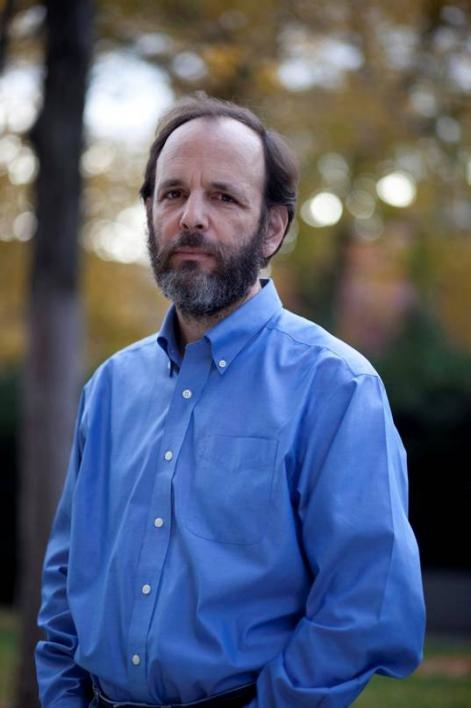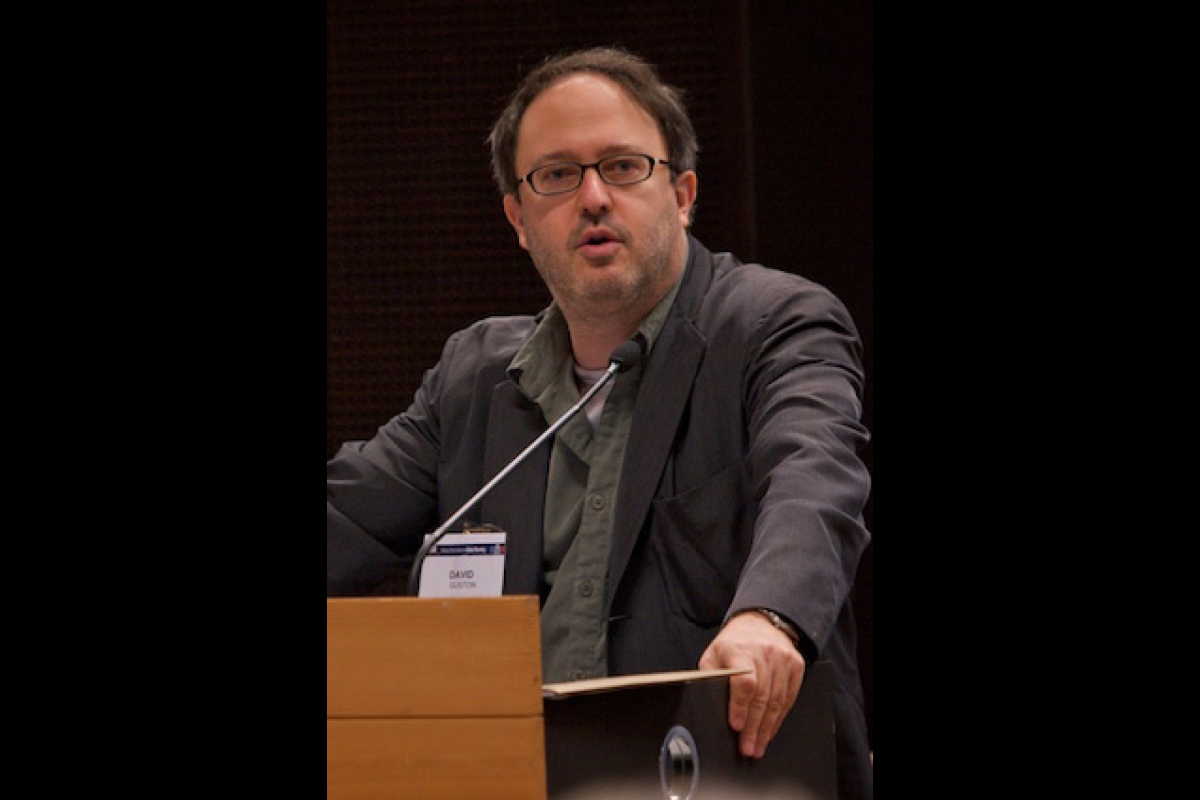The Consortium for Science, Policy & Outcomes (CSPO) at Arizona State University has been ranked 10th worldwide among science and technology think tanks in the recently issued 2015 Global Go To Think Tank Index Report. In the ranking, CSPO is the top university-based science and technology think tank in the U.S.
CSPO is a research unit dedicated to developing knowledge and tools that can more effectively connect progress in science and technology to desired societal outcomes. Originally founded in 1999 and moved to ASU in 2004, CSPO is co-directed by Dan Sarewitz and David Guston. The consortium brings together researchers, policy makers, practitioners and members of the public to develop the knowledge and tools needed to better understand and assess the linkages between scientific activities, policy decisions and effective outcomes.
In 2015, ASU created the new School for the Future of Innovation in Society (SFIS), which provides an academic home for many CSPO faculty and delivers graduate degree programs that CSPO helped nurture. SFIS is in the planning phase of an undergraduate major, minor and undergraduate certificate, and it will develop additional graduate programs in the future.
“CSPO has consistently ranked highly in the index because of the great creativity and hard work of its faculty, staff and students,” said co-director Guston, “as well as the generative environment at ASU and the generous nature of our support here. Through its association with SFIS, CSPO is poised for even more substantial and far-reaching contributions to connecting science and technology to societal outcomes.”
A comprehensive ranking of think tanks throughout the world, the report is published by the Think Tanks and Civil Societies Program at the University of Pennsylvania. The 2015 report was released at the end of January with a launch that involved hundreds of think tanks and other civil society actors representing approximately 60 countries. This year’s launch theme was: "Why Think Tanks Matter to Policy Makers and the Public."
Some CSPO initiatives in the past year include:
- Launch of ASU’s new School for the Future of Innovation in Society directed by David Guston, which included the addition of new faculty: Andrew Maynard, Diana Bowman, Michael Bennett, Lekelia Jenkins and Emma Frow.
- Launch of new research centers including: Risk Innovation Lab directed by Andrew Maynard, Center for Engagement & Training in Science & Society co-directed by Ira Bennett and Jameson Wetmore, and the Center for Energy and Society led by Clark Miller.
- A $3 million grant from the National Science Foundation (NSF) to use the interactive, engaging nature of digital narrative to invite deeper conversations about questions of scientific creativity and responsibility, an award of over $800,000 from the John Templeton Foundation to develop creative nonfiction narratives exploring the relationship between science and religion, and a $300,000 NSF award for STIR Cities—a project of the Center for Nanotechnology in Society, a CSPO initiative.
- Expansion of the popular Science Outside the Lab (SoTL) immersion program in Washington D.C. to include a new unit on Science Diplomacy & Leadership.
- Partnership in World Wide Views 2015, the largest ever citizen deliberation on climate and energy. Organized by Netra Chhetri, CSPO led one of 96 daylong debates across the globe that compiled views of approximately 10,000 “ordinary” people.
- Publication of the newest volume in CSPO's “The Rightful Place of Science” book series: “Creative Nonfiction” edited by Lee Gutkind, Michael Zirulnik and David Guston.
More Local, national and global affairs

Higher education key to US competitiveness, security
ASU President Michael Crow’s notion of universities as public service institutions — places that serve society in practical and…

Military program leaders learn about breadth of ASU's defense-focused initiatives
Arizona State University seeks to be the U.S. military’s top partner in strategic learning and innovation. To advance this vision…

Expert discusses America's place in outer space with ASU students
If you asked Esther Brimmer about what security issue the United States should focus on next, she might say the moon. In fact,…




